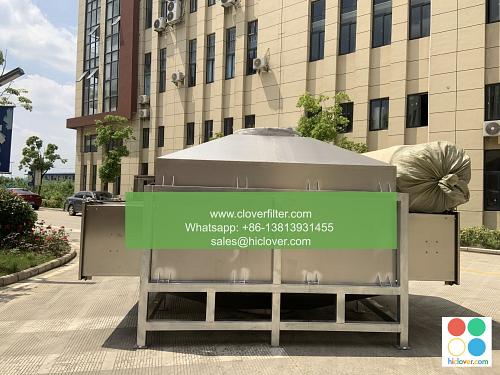Air Filter Customer Service Evolution: Trends for the Future

The air filter industry has experienced significant transformations over the years, driven by advancements in technology, changing consumer behaviors, and increasing awareness about indoor air quality (IAQ) and its impact on health and wellness. As the demand for high-quality air filters and related services continues to grow, so does the need for effective and evolving customer service strategies. This article explores the trends shaping the future of air filter customer service, highlighting key areas such as e-commerce integration, digital engagement, personalized support, and sustainability.
Trends in Air Filter Customer Service
The evolution of customer service in the air filter industry is characterized by several key trends, including:
– Smart Home Integration: With the rise of smart homes, air filter manufacturers are developing products that can be controlled and monitored remotely through mobile apps. This integration requires customer service teams to be knowledgeable about smart home systems and how they interact with air purification systems.
– Environmentally Friendly Practices: As consumers become more eco-conscious, companies are focusing on sustainable practices, such as recyclable air filters and energy-efficient devices. Customer service representatives need to be well-versed in these areas to address customer inquiries and concerns.
– Health and Wellness Focus: The link between indoor air quality and health is becoming more apparent, leading to an increased demand for air filters that can capture particulate matter (PM), volatile organic compounds (VOCs), and other pollutants. Customer service should be equipped to provide health-related information and recommendations.
Application Areas for Evolved Customer Service
The evolution of air filter customer service has implications across various application areas, including:
– Residential Air Quality: Homeowners are seeking more effective air purification solutions, driving the need for customer service that can provide advice on choosing the right air filters for different room sizes and air quality issues.
– Commercial and Industrial Settings: Businesses and industries require customized air filtration solutions to meet specific needs, such as clean room technology or industrial dust collection. Customer service must be able to handle complex inquiries and provide tailored solutions.
– Automotive Air Filtration: The automotive industry is also seeing a rise in demand for high-quality cabin air filters, necessitating customer service that understands vehicle-specific requirements and can guide customers in selecting the appropriate filters.
Technological Advancements in Customer Service
The integration of technology is a critical factor in the evolution of customer service in the air filter industry. Key technological advancements include:
– AI-Driven Chatbots: Utilizing artificial intelligence (AI) to power chatbots can enhance customer service by providing 24/7 support, answering frequent questions, and directing complex issues to human representatives.
– Data Analytics: Analyzing customer interaction data can help companies understand preferences, identify trends, and improve their services and products accordingly.
– Virtual and Augmented Reality (VR/AR): Implementing VR/AR technologies can offer immersive experiences for customers, allowing them to virtually explore products and understand how air filters work, potentially reducing support queries.
Conclusion: Embracing the Future of Air Filter Customer Service
As the air filter industry continues to evolve, customer service will play a pivotal role in driving satisfaction, loyalty, and ultimately, business success. By embracing trends such as e-commerce, sustainability, and digital engagement, and by leveraging technological advancements, companies can position themselves at the forefront of the industry. The future of air filter customer service is about providing holistic support that addresses not just the product, but the broader context of health, wellness, and environmental responsibility. As consumer expectations continue to evolve, so too must the strategies and technologies used to meet and exceed those expectations. Prompt

